Panavia Tornado F3 RAF
Production Time 9 to 10 weeks
Shipment is by FedEx, UPS or DHL International Express Courier with a normal door-to-door delivery time worldwide of within 2-3 business days after dispatch. Due to the current volatility of world fuel prices, the amount mentioned here is our best estimate for DHL and UPS and may be subject to change at the time of shipping.

Model Description: Panavia Tornado F3 RAF Wood Replica Scale Custom Jet Model
Manufacturer: Panavia
Wingspan: 14.1 Inches (35.8 Centimeters)
Height: 6 Inches (15.2 Centimeters)
Scale: 1:39
Registration: ZG793
$259.50
Production Time 9 to 10 weeks
-
United States dollar ($)
-
Pound sterling (£)
-
Euro (€)
-
Australian dollar ($)
-
Canadian dollar ($)
-
Singapore dollar ($)
-
Swiss franc (CHF)
-
Japanese yen (¥)
-
Danish krone (kr.)
-
Hong Kong dollar ($)
-
Norwegian krone (kr)
-
Swedish krona (kr)
-
United Arab Emirates dirham (د.إ)
General Product Description
Our PlaneArt Panavia Tornado F3 RAF model exhibits unique, unrivaled quality and detailed design to come as close as possible to the accuracy of the actual plane. It comes as standard with a robust, durable base or stand which is available in a variety of different finishes designed to match your own personal requirements including solid wood, wood with polished metal supports or adjustable wood wall mount and will be ready within about 9-10 weeks from placement of order.
The Panavia Tornado F3 RAF model is made of the finest kiln dried renewable mahogany wood (commonly known as Lauan or Meranti) which has undergone many stages of carving and meticulous and careful sanding giving the beautiful, finished museum quality masterpiece. Many collectors and model connoisseurs demonstrate their preference for genuine handmade and hand painted mahogany wood models rather than plastic or die cast (diecast) alternatives due to the overall look and totally different feel of the item - we trust you will find the same. We can however, if required produce the same model in Solid Cast Resin so just click and contact us for further information. Our craftsmen and gifted artisans ensure that our finely handcrafted model airplanes match the precise blueprint details of the original aircraft. The paint scheme, markings and parts are closely matched, reflecting the original aircraft. This stylish top-quality desktop replica model will surely enthrall anyone who receives this as a gift and for sure one of the most appropriate and desirably collectable gifts for any aviation enthusiast or avid military jet aircraft collector whilst also displaying a perfect resemblance to the actual real life version.
There are many types of military jet aircraft, but the basic types are bombers, fighters, fighter bombers, spotter planes, transporters, patrol aircraft, trainers, and reconnaissance and observation aircraft. All these types of aircraft are used for different types of missions. If you're a fan of historic or present-day military aviation, our model aircraft will bring the excitement and character of these aircraft right into your own home.
If you require, we can also make the Panavia Tornado F3 RAF model in any other military, government or even private livery or colour scheme you require and if necessary, in a different size or scale. Just click here to contact us with a description or photographs of what you require, and we will let you have a quotation for the necessary customization by return email. We can also make bespoke scale replicas of any other private / civil commercial airliner or airliners, helicopter, glider, gliders with engines, military propeller, warplane jets, biplane, triplane, tail fin, spacecraft, rocket or NASA model you require in any airline, military or civilian livery or colors. We also produce model airships, blimps, dirigibles, blimps, boats, and ship collectibles. Wall plaque or seal for military, government or private customers. Again, by clicking here to contact us just let us know exactly what you need.
Panavia Tornado F3: The Royal Air Force’s Premier Interceptor
The Panavia Tornado F3 has been an integral part of the Royal Air Force’s (RAF) fleet, serving as its primary air defense aircraft for several decades. Developed as a variant of the Tornado GR1, which was originally designed for low-level strike missions, the Tornado F3 was specifically modified for the air defense role, showcasing the versatility and adaptability of the Tornado aircraft design.
Development and Features:
The Tornado F3, often referred to as the ADV (Air Defence Variant), was developed through a collaboration between the United Kingdom, Germany, and Italy. This partnership, known as the Panavia Aircraft GmbH, aimed to produce a multi-role combat aircraft suited for various needs of the European air forces. The F3 variant was specifically tailored for the RAF to address the growing need for a capable air interceptor in the late 20th century.
Equipped with twin Turbo-Union RB199 engines, the Tornado F3 had a top speed of Mach 2.2 and could operate at altitudes above 50,000 feet. Its long-range capabilities were bolstered by its large fuel capacity, which could be further extended with aerial refueling. This made the Tornado F3 an excellent platform for long-duration missions, ensuring quick response times over vast areas of the North Atlantic and Europe during the Cold War period.
One of the most notable features of the Tornado F3 was its advanced radar and avionics suite. The aircraft was equipped with the Foxhunter radar, which provided long-range detection capabilities against enemy aircraft. This radar was pivotal in allowing the Tornado F3 to engage multiple targets simultaneously at various ranges, making it a formidable opponent against potential threats.
Operational History:
The Tornado F3 entered service with the RAF in 1986 and quickly became a cornerstone of the UK’s air defense strategy. Throughout its service life, the Tornado F3 was involved in several key operations. During the Cold War, it was a critical component of NATO’s Quick Reaction Alert force, tasked with intercepting unidentified aircraft approaching NATO airspace.
In the 1990s, the Tornado F3 saw action in the Gulf War, where it was used to enforce the no-fly zone over Iraq. The aircraft’s capability to maintain air superiority and conduct interception missions was proven during these operations, where it effectively deterred Iraqi aircraft from violating the no-fly zone.
Retirement and Legacy:
After nearly three decades of service, the Tornado F3 was retired from the RAF in 2011. It was replaced by the more modern and technologically advanced Eurofighter Typhoon, which offered superior agility, enhanced avionics, and better overall performance. The retirement of the Tornado F3 marked the end of an era for the RAF’s air defense capabilities.
Despite its retirement, the legacy of the Tornado F3 continues to influence modern air defense strategies. Its design and operational lessons have informed the development of newer aircraft and systems, ensuring that the RAF remains at the forefront of air defense technology.
The Tornado F3 remains a notable example of European cooperation in defense technology and an important chapter in the history of the Royal Air Force, reflecting a period when the speed, versatility, and endurance of an aircraft were paramount in securing the skies.
| Weight | 6 kg |
|---|---|
| Dimensions | 17 × 14.1 × 6 in |
Be the first to review “Panavia Tornado F3 RAF” Cancel reply
Similar Models
Helicopters
Military Airplanes - Propeller
Military Airplanes - Propeller
Military Airplanes - Propeller
Private & Civilian
Private & Civilian
Military Airplanes - Propeller
Military Airplanes - Propeller
Military Airplanes - Propeller
Military Airplanes - Propeller
Military Airplanes - Propeller
Military Airplanes - Propeller
Military Airplanes - Propeller
Military Airplanes - Propeller
Boats, Ships & Submarines
Boats, Ships & Submarines
Military Airplanes - Propeller
Military Airplanes - Propeller
Military Airplanes - Propeller
Military Airplanes - Jet
Military Airplanes - Jet
Military Airplanes - Jet
Military Airplanes - Jet
Military Airplanes - Propeller
Military Airplanes - Propeller
Military Airplanes - Jet
Military Airplanes - Jet
Military Airplanes - Jet
Military Airplanes - Jet
Military Airplanes - Propeller
Military Airplanes - Jet
Military Airplanes - Propeller
Military Airplanes - Propeller
Private & Civilian
Military Airplanes - Propeller
Military Airplanes - Propeller
Private & Civilian
Israel Aircraft Industries IAI-1124 Westwind TNT Air Couriers
Military Airplanes - Propeller
Military Airplanes - Jet
Military Airplanes - Jet
Military Airplanes - Jet
Military Airplanes - Jet
Military Airplanes - Propeller
Military Airplanes - Propeller
Military Airplanes - Jet
Military Airplanes - Jet
Military Airplanes - Jet
Military Airplanes - Jet
Military Airplanes - Propeller
Military Airplanes - Jet
Military Airplanes - Jet
Military Airplanes - Jet
Military Airplanes - Propeller
Military Airplanes - Propeller
Military Airplanes - Propeller
Military Airplanes - Propeller
Military Airplanes - Jet
Military Airplanes - Jet
Military Airplanes - Propeller
Military Airplanes - Jet
Private & Civilian
Military Airplanes - Jet
Military Airplanes - Propeller
Private & Civilian
Military Airplanes - Propeller
Military Airplanes - Jet
Military Airplanes - Propeller
Military Airplanes - Propeller
Military Airplanes - Propeller
Military Airplanes - Propeller
Military Airplanes - Propeller
Military Airplanes - Propeller
Military Airplanes - Jet
Military Airplanes - Jet
Private & Civilian
Military Airplanes - Jet
Military Airplanes - Jet
Helicopters
Helicopters
Helicopters
Military Airplanes - Propeller
Helicopters
Military Airplanes - Jet
Blackburn Buccaneer RAF 237 Operational Conversion Unit OCU Squadron
Military Airplanes - Propeller
Private & Civilian
Military Airplanes - Jet
BAe British Aerospace Hawk T.1 Mk.1 Royal Air Force RAF Red Arrows
Military Airplanes - Jet
Military Airplanes - Propeller
Military Airplanes - Propeller
Military Airplanes - Propeller
Military Airplanes - Propeller
Military Airplanes - Propeller
Military Airplanes - Propeller
Military Airplanes - Propeller
Military Airplanes - Propeller
Military Airplanes - Propeller
Private & Civilian
Private & Civilian
Helicopters
Private & Civilian

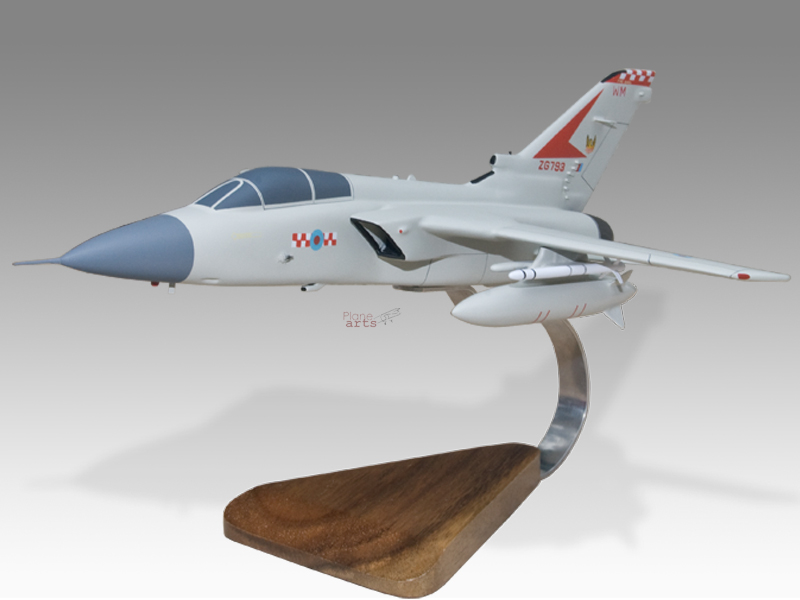
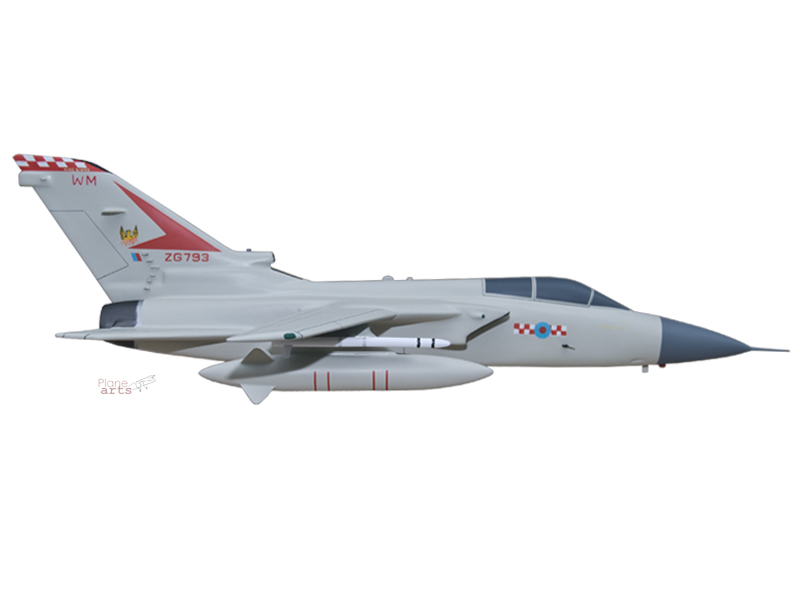
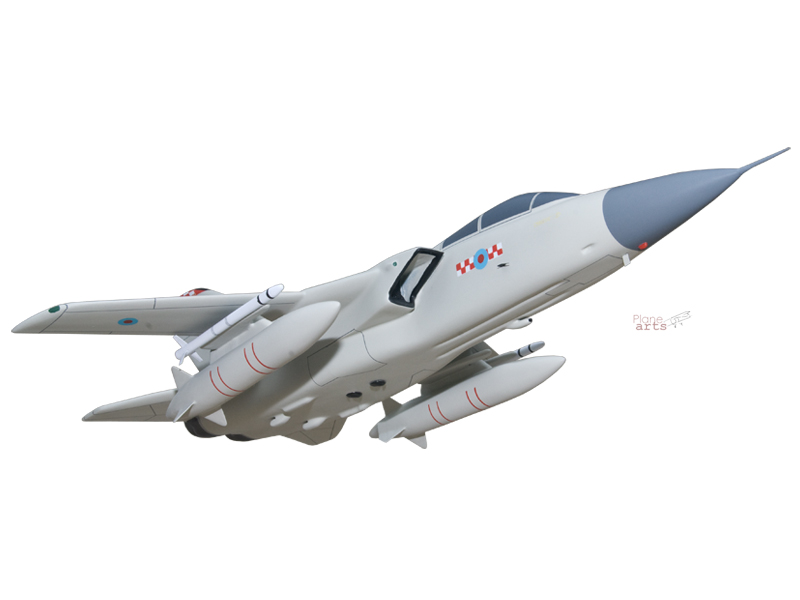
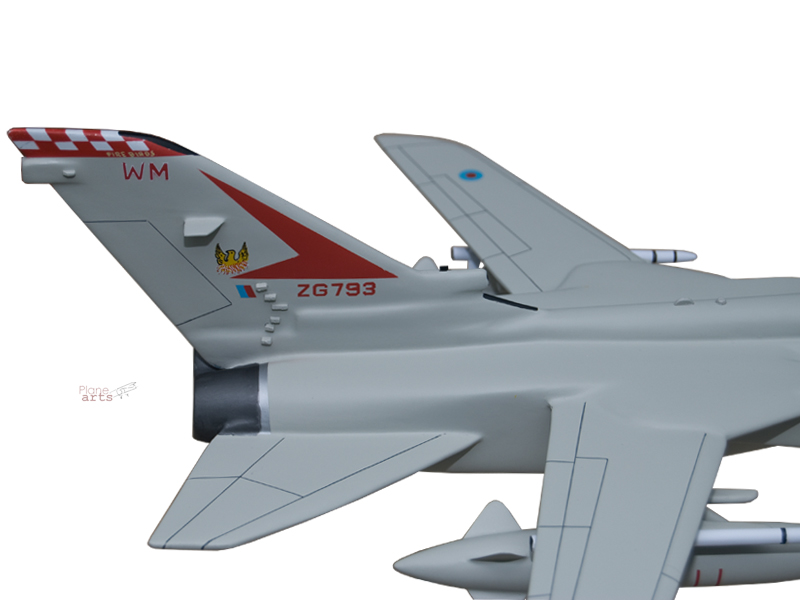

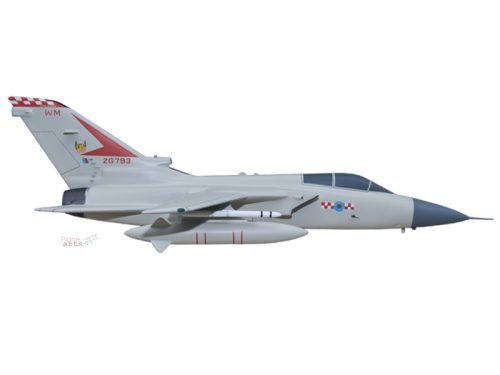
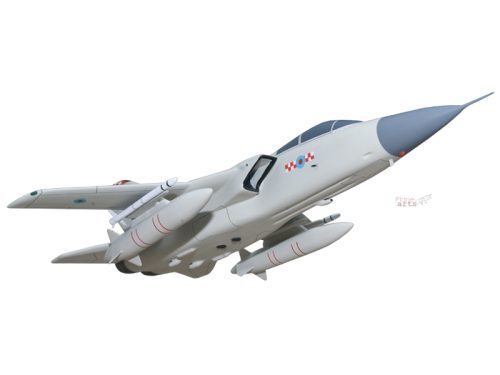
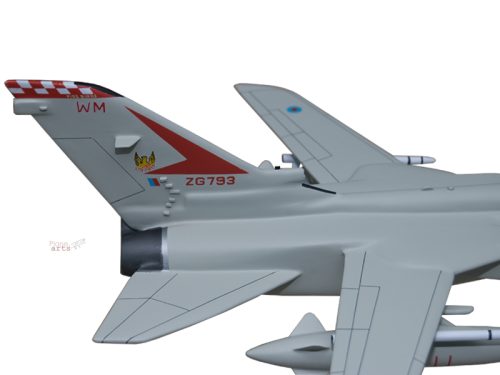
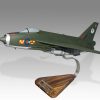

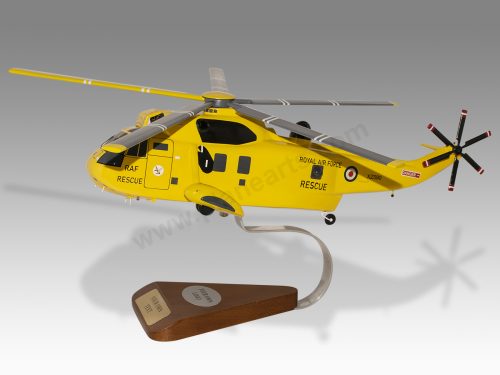
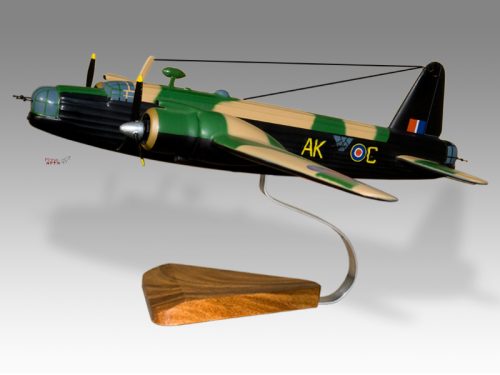

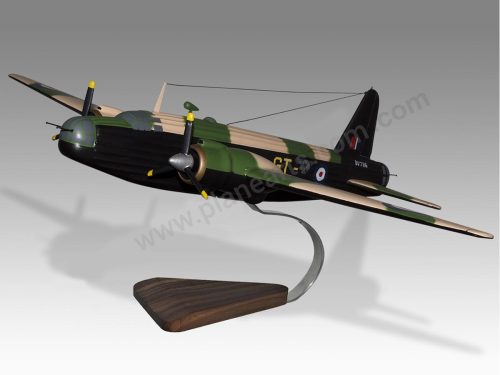

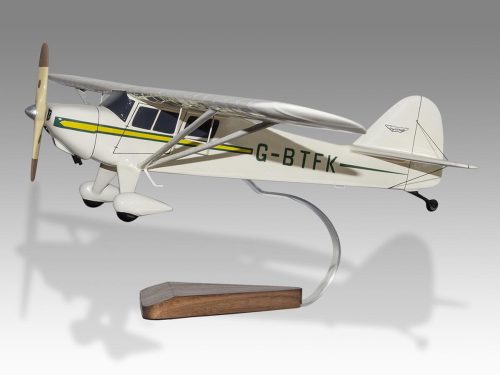
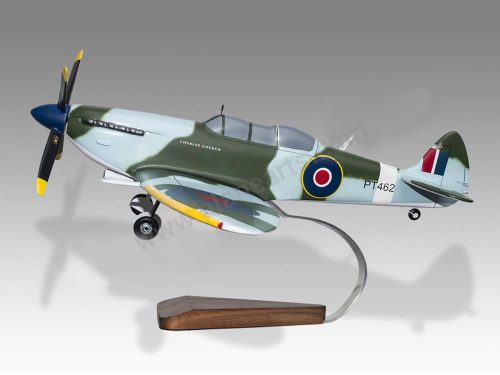
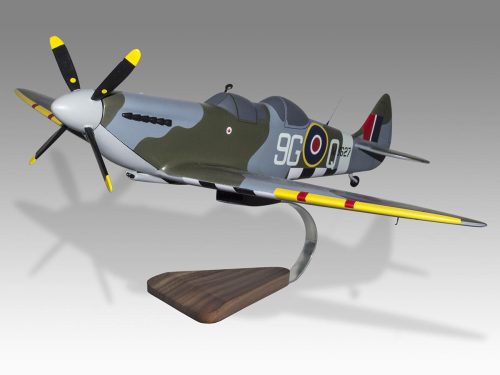
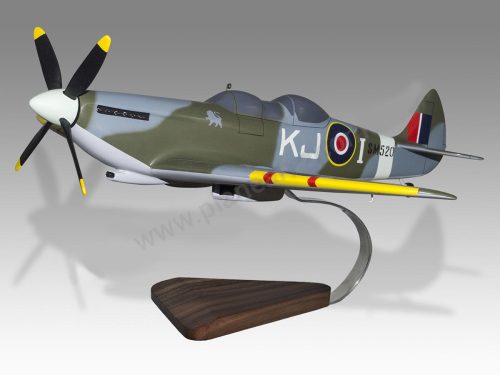
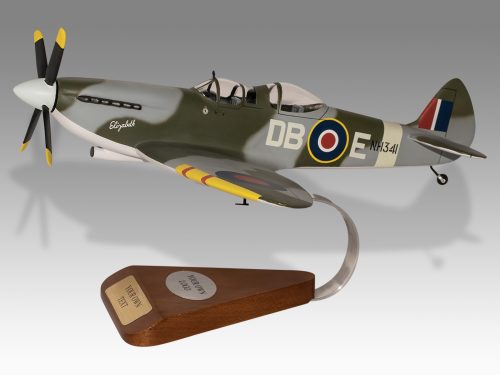
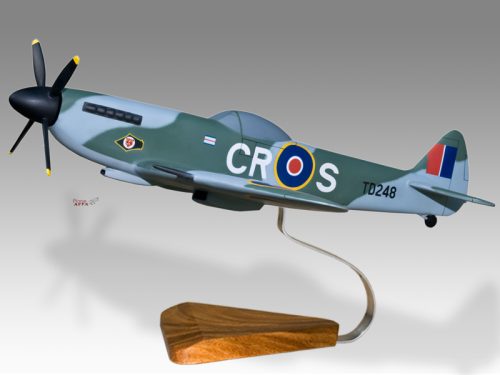
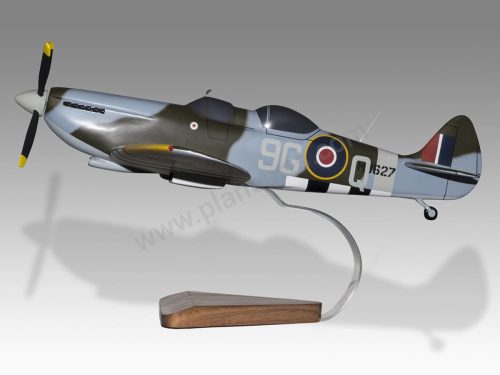
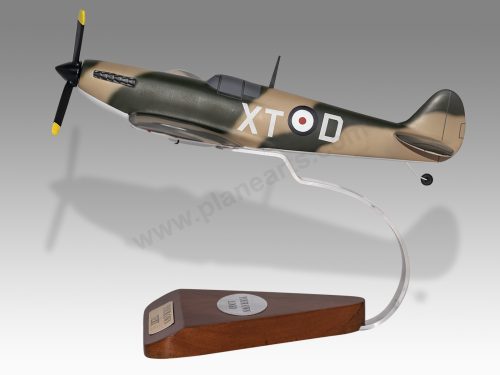
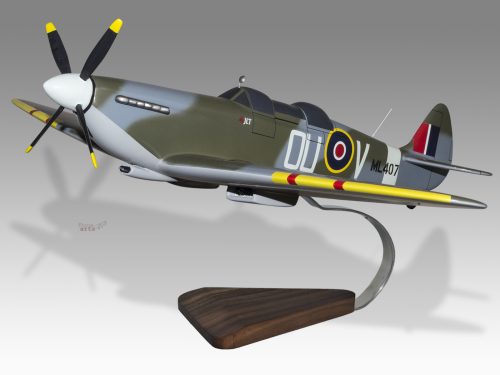




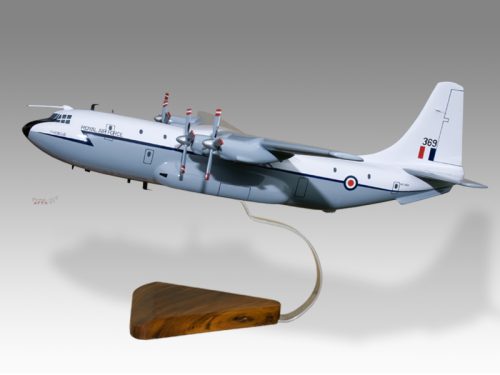

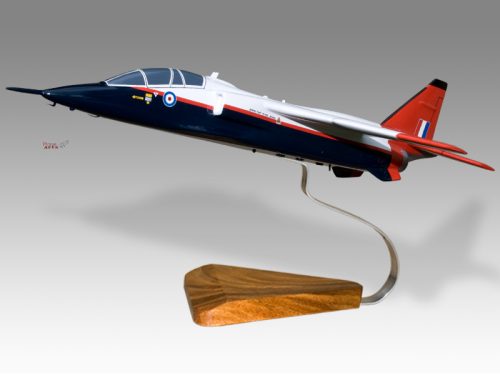
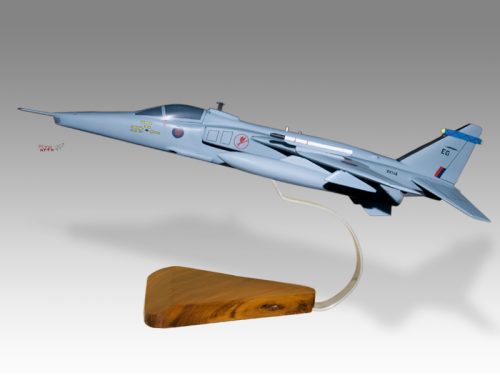
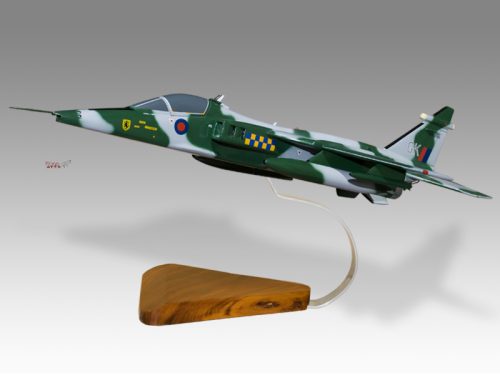
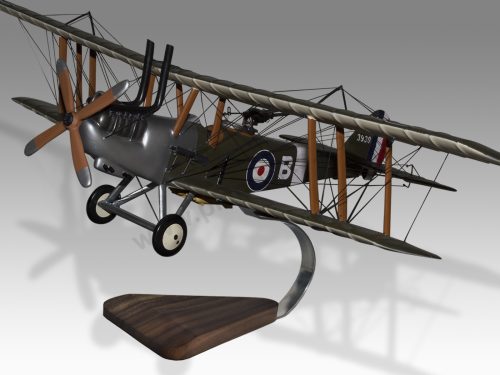
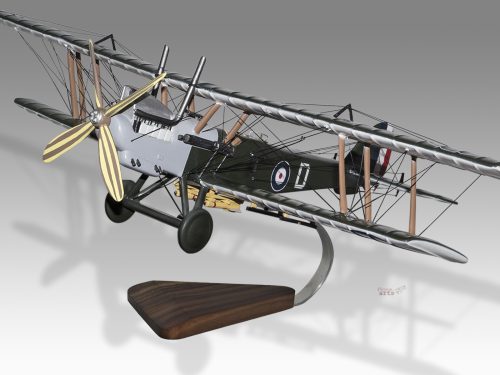
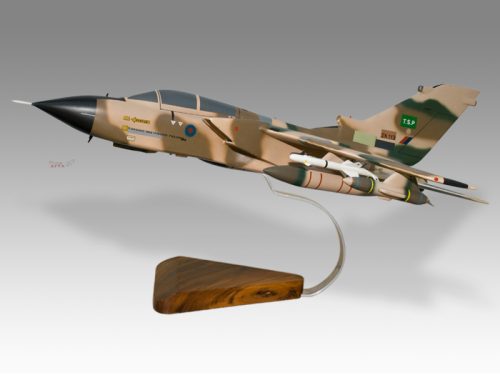
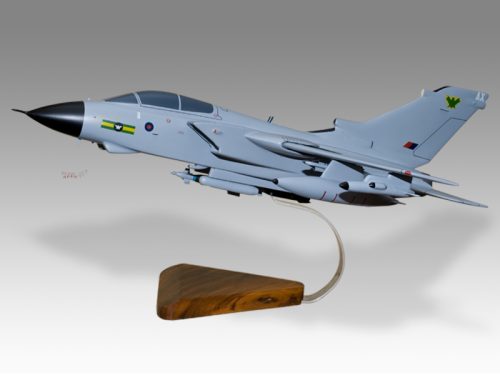
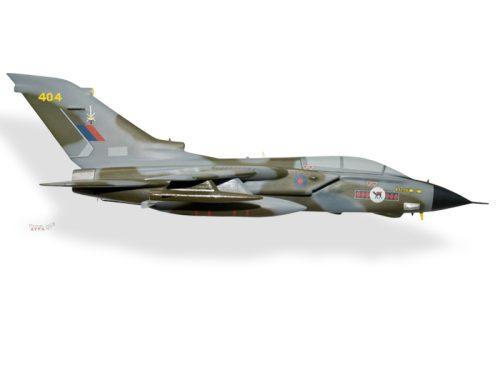
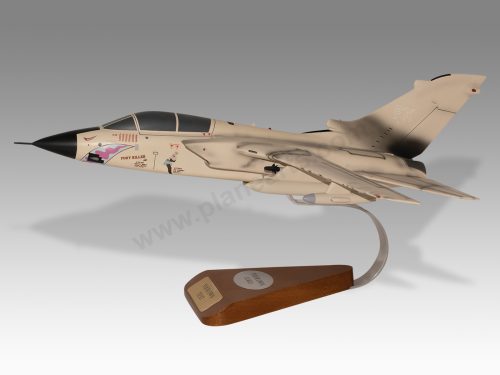
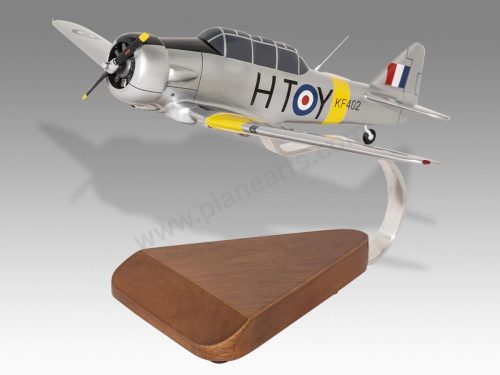

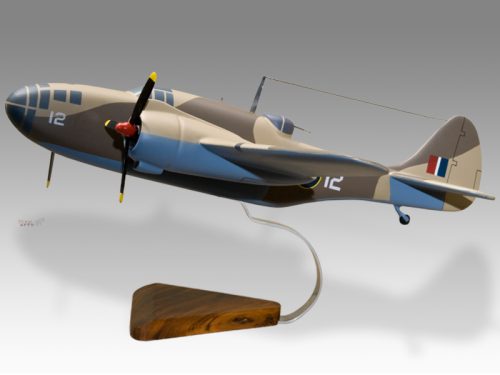
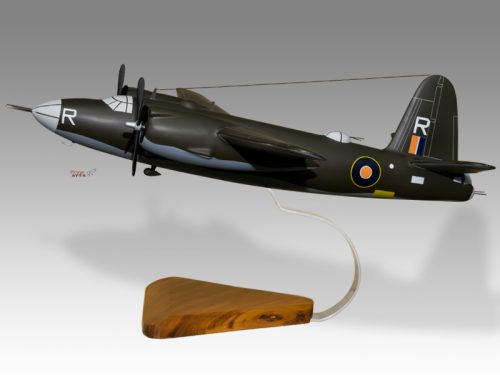

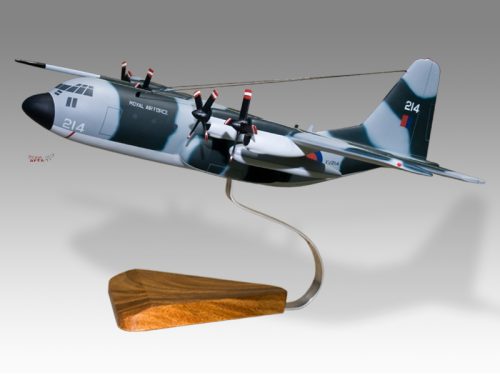



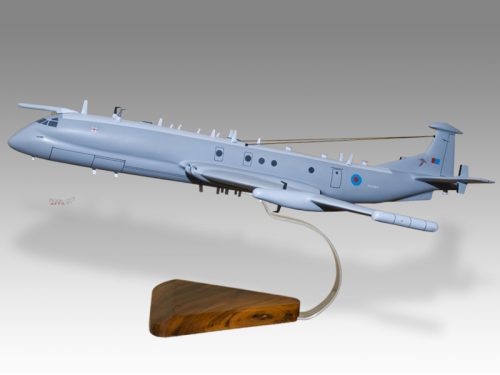
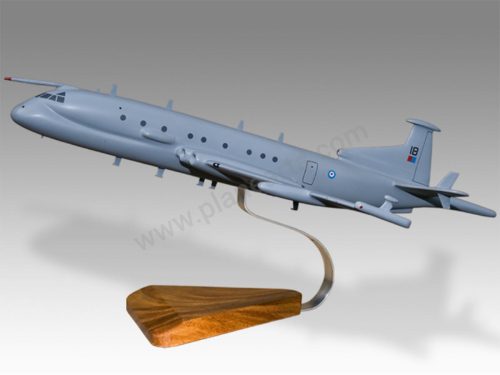


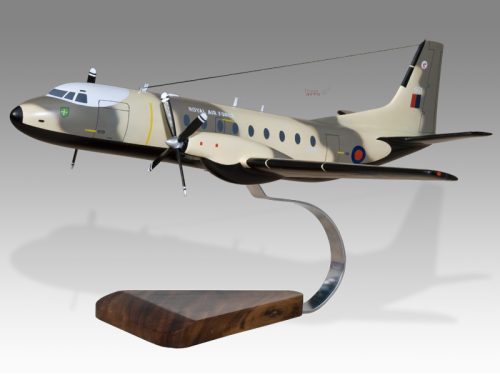


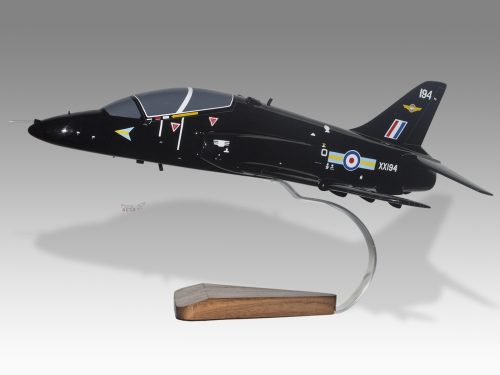
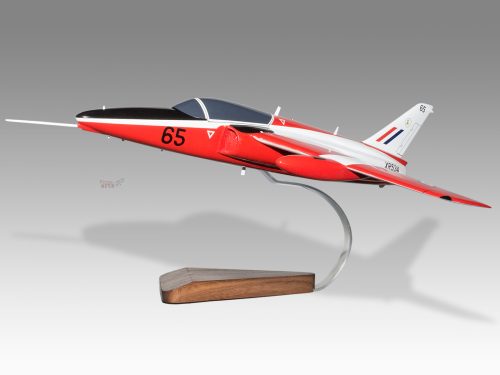
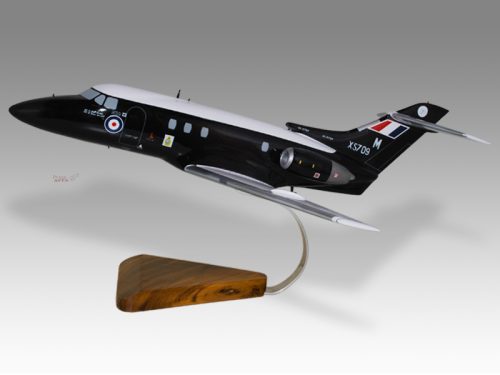
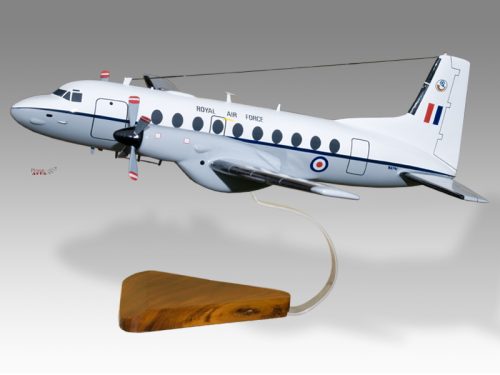
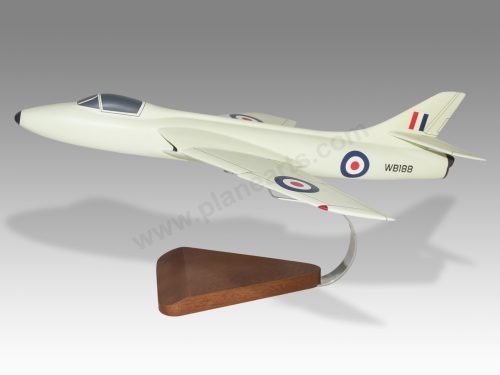
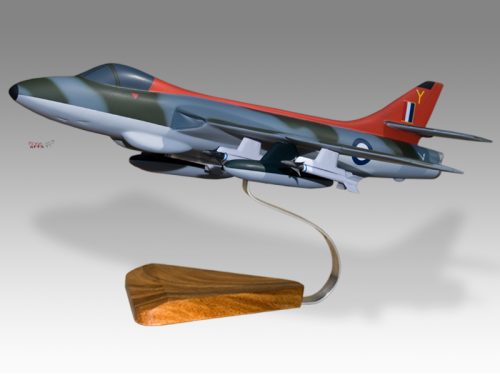

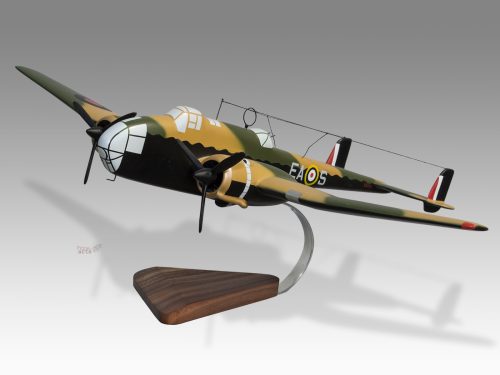

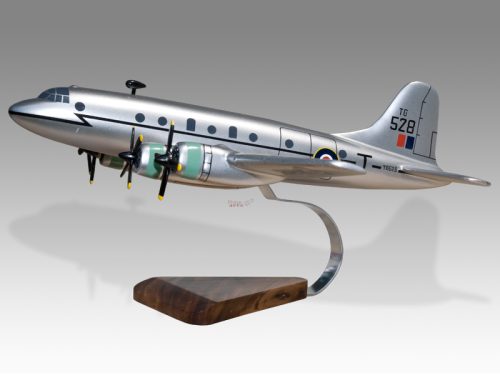
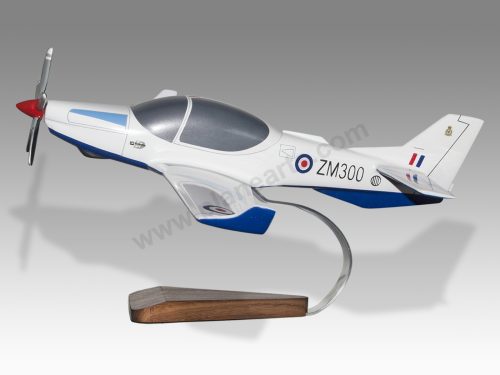

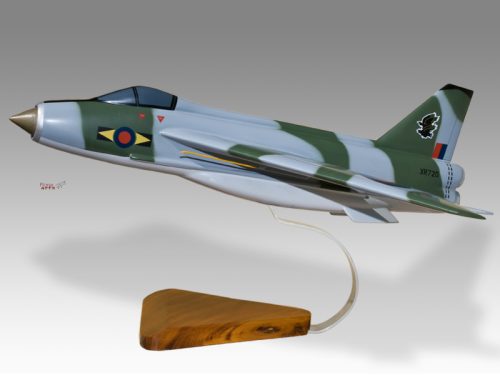


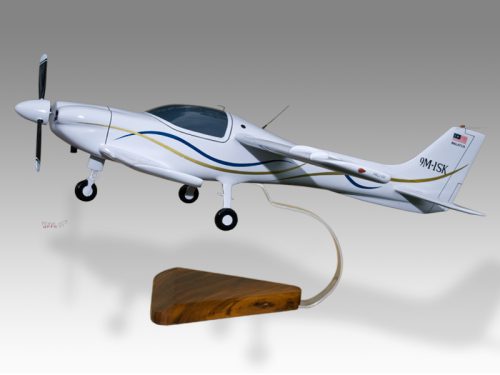
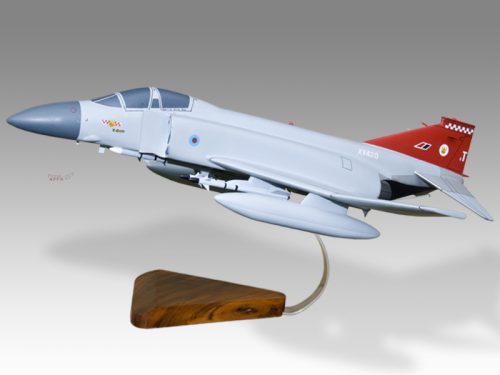
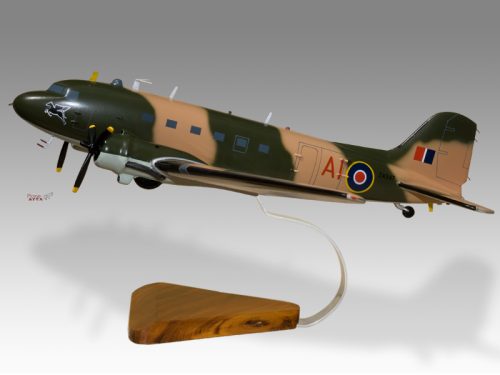

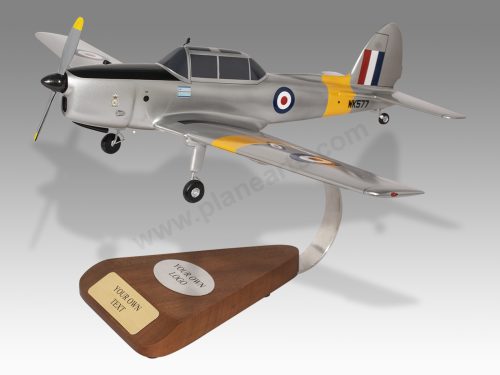
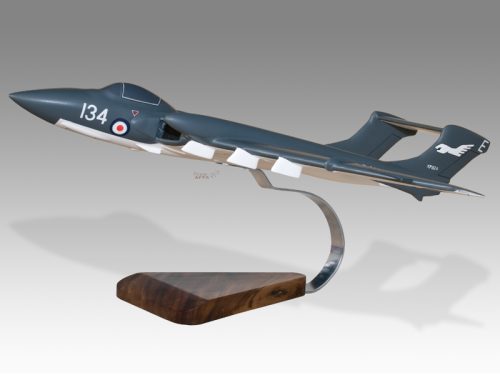
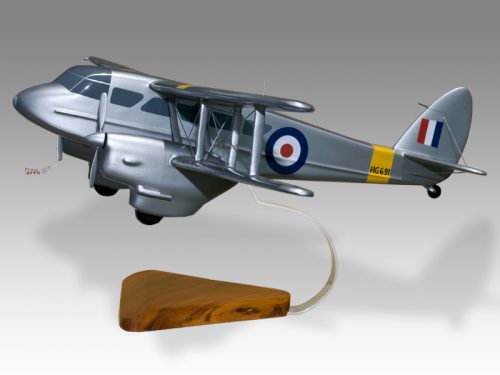
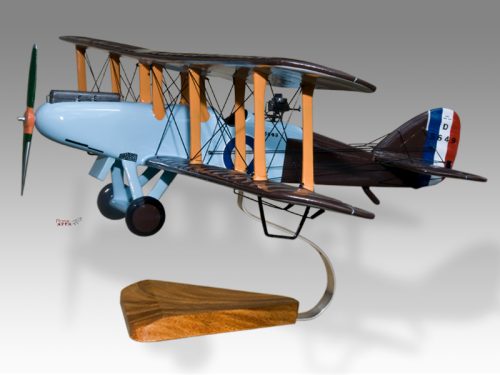
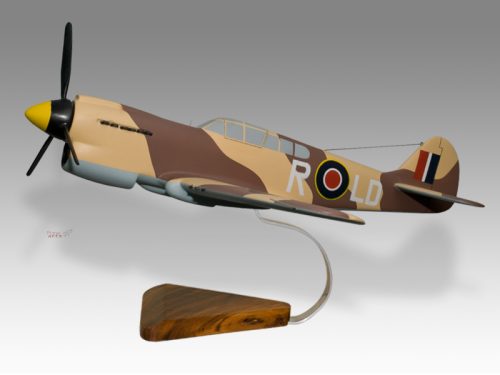

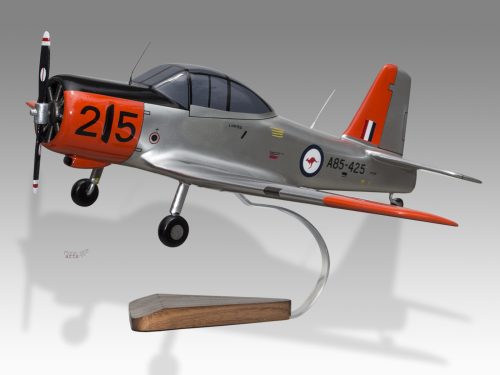

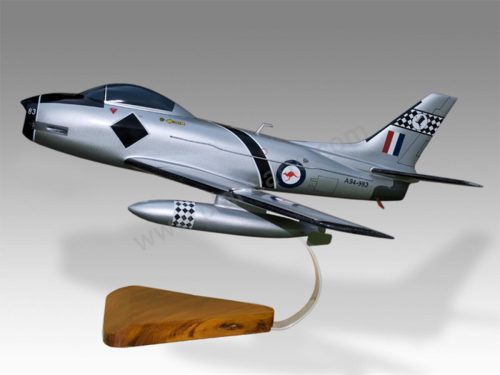
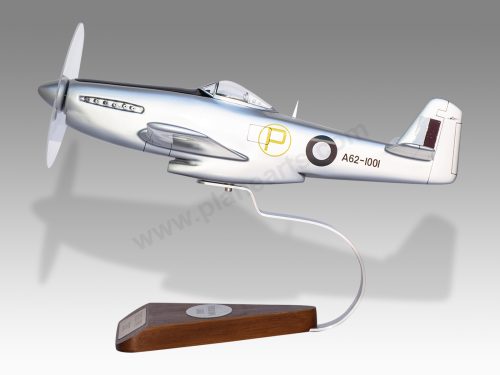
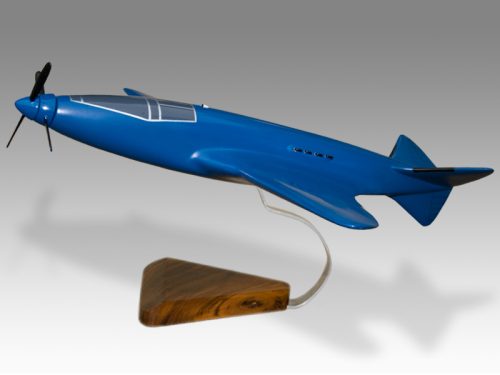
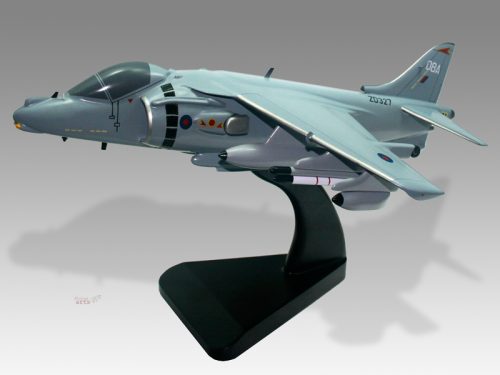
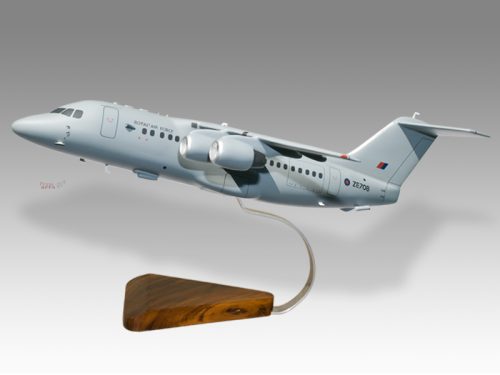

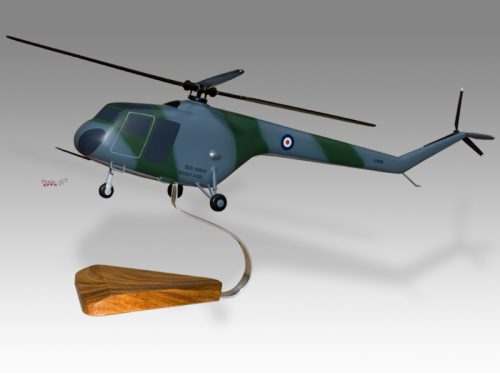
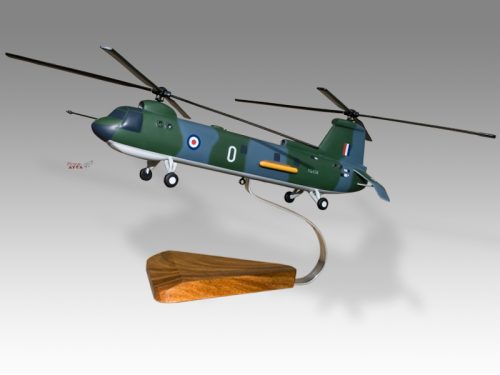

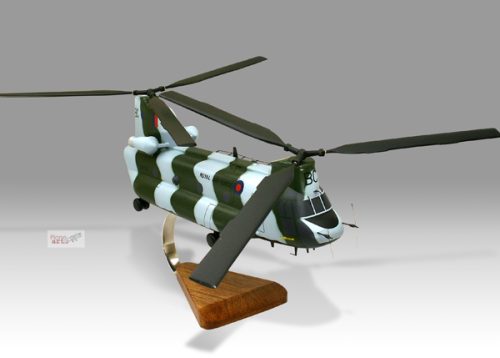
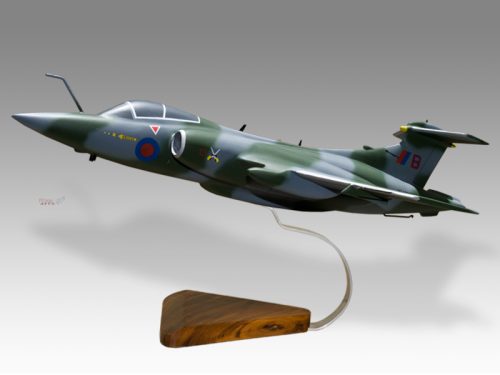
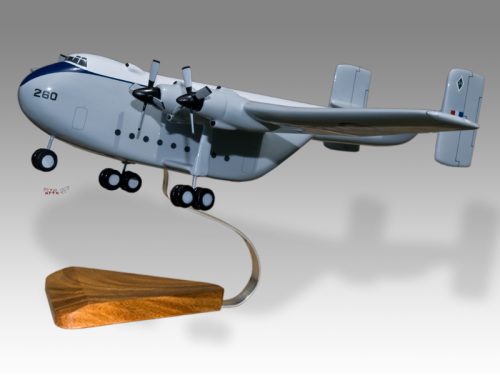
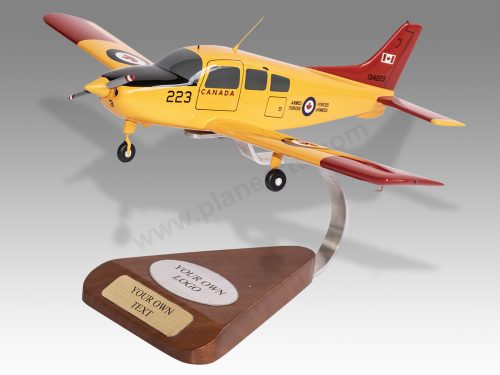

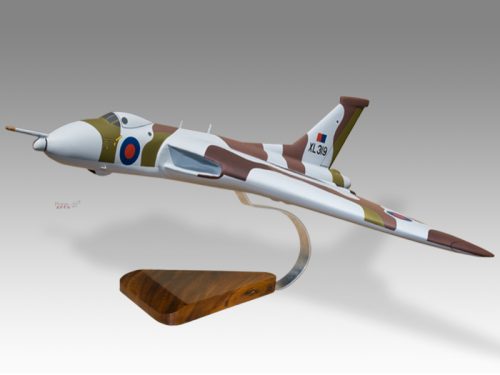
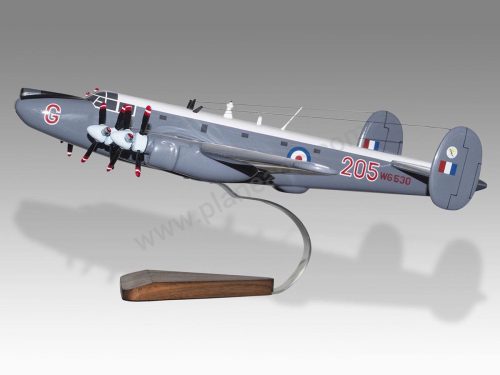

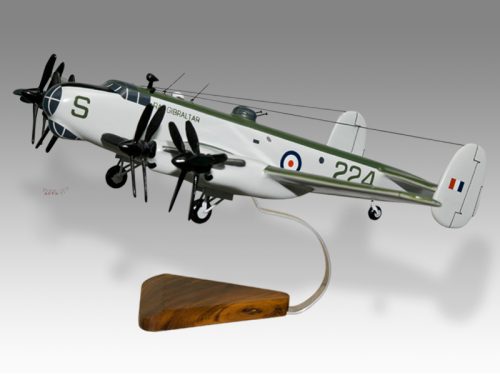
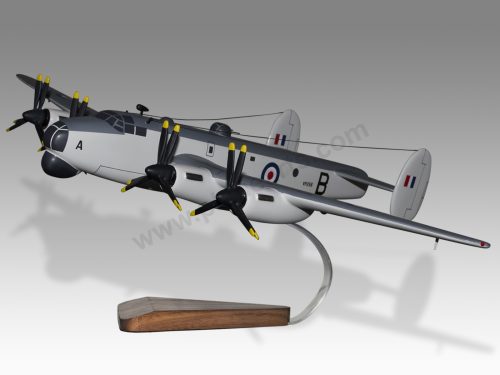
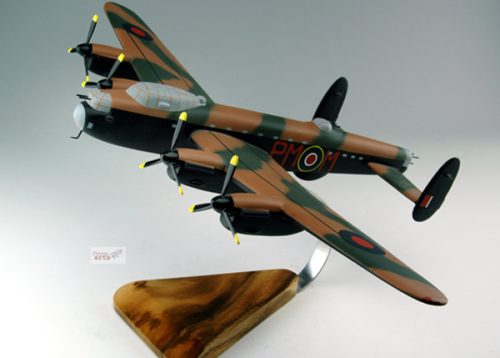
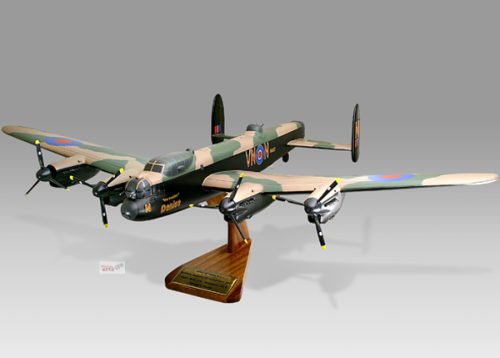
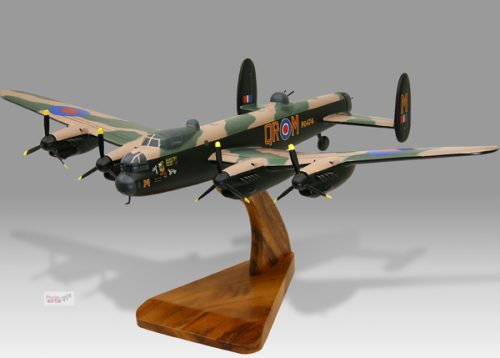


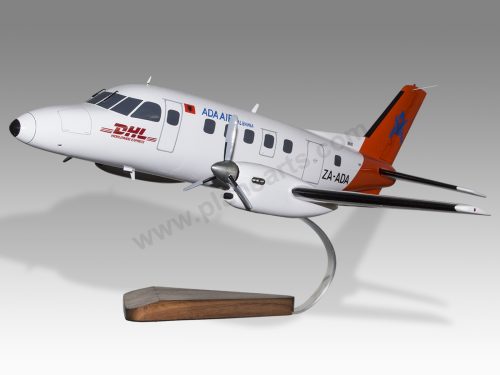

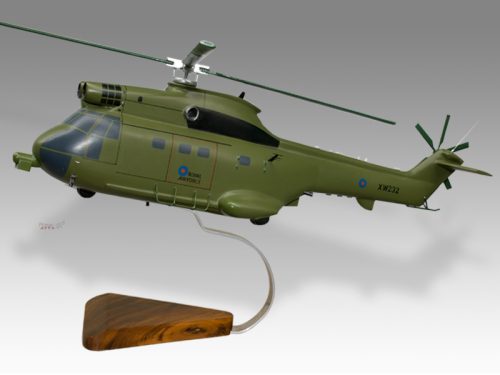

Reviews
There are no reviews yet.